What is the Normal Coolant Temperature for a Jeep Wrangler: Optimal Ranges Revealed
The normal coolant temperature for a Jeep Wrangler is around 210 to 220 degrees Fahrenheit. This temperature range indicates that the cooling system is functioning properly.
Maintaining the right coolant temperature is crucial for the optimal performance and longevity of your Jeep Wrangler. The cooling system works to regulate the engine temperature, preventing it from overheating. A normal coolant temperature ensures efficient fuel combustion and proper emission control.
Monitoring the temperature gauge on your dashboard can alert you to any potential cooling system issues. Regular maintenance, including checking coolant levels and inspecting hoses and connections, is essential to ensure your Jeep Wrangler runs smoothly and avoids overheating.
Introduction To Jeep Wrangler Coolant Temperature

Maintaining a Jeep Wrangler’s normal coolant temperature is crucial for optimal engine performance. Typically, the normal range falls between 195-220 degrees Fahrenheit, ensuring efficient operation and preventing overheating issues. Monitoring the coolant temperature regularly helps to keep your Jeep running smoothly on and off the road.
If you own a Jeep Wrangler or you’re planning to buy one, it’s essential to know the normal coolant temperature. The coolant temperature is a vital aspect of your car’s engine performance. A Jeep Wrangler’s coolant system is responsible for regulating engine temperature and ensuring that it doesn’t overheat.
Overheating can lead to engine damage, which can be costly to repair. Therefore, it’s essential to maintain the correct coolant temperature to prevent any issues. In this blog, we will discuss the importance of coolant in engine performance and the factors affecting coolant temperature.
Importance Of Coolant In Engine Performance
The coolant system plays a critical role in maintaining the engine’s temperature by removing excess heat from the engine. Coolant is a mixture of water and antifreeze, which helps prevent the engine from freezing in cold weather and overheating in hot weather. The coolant also lubricates the water pump and prevents corrosion in the engine.
In short, the coolant system ensures that the engine operates at the correct temperature, which is essential for optimal engine performance.
Factors Affecting Coolant Temperature
Several factors affect the coolant temperature of a Jeep Wrangler. These factors include:
- Driving conditions: The coolant temperature can rise in hot weather or when driving uphill, causing the engine to overheat.
- Coolant leaks: A leak in the coolant system can cause low coolant levels, which can lead to overheating.
- Thermostat failure: A faulty thermostat can cause the engine to overheat or run at a lower temperature than usual.
- Water pump failure: The water pump is responsible for circulating the coolant through the engine. A faulty water pump can cause the engine to overheat.
- Coolant type: Using the wrong type of coolant can affect the engine’s performance and cause overheating.
It’s crucial to keep an eye on the coolant temperature gauge on your Jeep Wrangler’s dashboard. The normal coolant temperature for a Jeep Wrangler is between 195°F and 220°F. If the temperature gauge reads higher than this range, it’s essential to take immediate action to prevent engine damage.
In conclusion, maintaining the correct coolant temperature is crucial for your Jeep Wrangler’s engine performance. Regular maintenance checks can help identify any issues affecting the coolant system and ensure that the engine operates at the correct temperature.
Unveiling The Normal Coolant Temperature Range
Ideal Temperature Range For Jeep Wrangler
When monitoring the health of your Jeep Wrangler, understanding the normal coolant temperature is crucial. The ideal temperature range for a Jeep Wrangler’s coolant system typically falls between 195°F to 220°F. This range ensures optimal engine performance and prevents overheating.
Variations Across Different Models
The normal coolant temperature can vary slightly across different models of Jeep Wrangler. While the general range remains consistent, specific models may have minor variations based on their engine design and cooling systems.
Signs Of Abnormal Coolant Temperatures
As a Jeep Wrangler owner, it is important to know the normal coolant temperature for your vehicle to prevent any engine damage. The normal coolant temperature for a Jeep Wrangler should be between 195°F and 220°F. However, if you notice any of the following warning signs, it could indicate that your Jeep’s coolant system is experiencing abnormal temperatures:
Warning Indicators On The Dashboard
If your Jeep’s dashboard has warning lights, it can indicate abnormal coolant temperatures. The engine temperature warning light is the most common indicator. This light turns on when the engine temperature exceeds the normal range. You may also notice a low coolant warning light, which indicates that the coolant level is low and the engine is overheating
.
Physical Symptoms Of Overheating
Aside from dashboard indicators, you may also notice physical symptoms of overheating while driving your Jeep. These symptoms include:
- Steam coming from the engine compartment
- A strong odor of burning coolant or oil
- Engine misfiring or running rough
- Decreased engine performance or acceleration
- Engine stalling or shutting off
If you notice any of these symptoms while driving your Jeep, it is important to pull over and turn off the engine immediately to prevent further damage. Continuing to drive with an overheating engine can result in costly repairs and engine replacement.

Common Causes Of Coolant Temperature Fluctuations
One of the common causes of coolant temperature fluctuations in a Jeep Wrangler is a faulty thermostat. The normal coolant temperature for a Jeep Wrangler typically ranges between 195°F to 220°F during normal operation. Fluctuations may indicate issues that require inspection and maintenance to ensure optimal engine performance.
When it comes to maintaining the optimal performance of your Jeep Wrangler, monitoring the coolant temperature is crucial. Fluctuations in coolant temperature can indicate underlying issues that need attention. Understanding the common causes of these fluctuations can help you identify and resolve any potential problems efficiently.
Thermostat Failures
A faulty thermostat is a common culprit behind coolant temperature fluctuations in a Jeep Wrangler. This small but essential component regulates the flow of coolant through the engine, ensuring it stays within the desired temperature range. When the thermostat fails, it can get stuck in either the open or closed position, leading to temperature irregularities.
To fix thermostat failures, it is recommended to replace the faulty thermostat with a new one. It is a relatively straightforward process that can be done at home, provided you have the necessary tools and knowledge. However, if you are unsure or uncomfortable performing the replacement yourself, it is best to seek professional assistance.
Radiator Issues And Solutions
The radiator plays a crucial role in cooling the engine by dissipating the heat generated during combustion. Any issues with the radiator can result in coolant temperature fluctuations. Here are some common radiator problems you may encounter:
- Leaks: Leaks in the radiator can cause a loss of coolant, resulting in improper heat dissipation. Inspect your radiator for any signs of leakage, such as puddles under your vehicle or visible coolant stains.
- Blockages: Accumulated debris or mineral deposits can obstruct the radiator’s cooling fins, reducing its efficiency. Regular maintenance, such as flushing the radiator, can help prevent blockages and ensure proper coolant circulation.
- Fan Malfunction: The radiator fan plays a crucial role in cooling the engine by drawing air through the radiator. If the fan fails to operate correctly, the engine may overheat. Check the fan’s functionality and replace it if necessary.
Resolving radiator issues often requires professional assistance. A qualified mechanic can assess the problem accurately and recommend the appropriate solutions, whether it involves repairing leaks, flushing the radiator, or replacing faulty components.
Monitoring Coolant Temperature
The normal coolant temperature for a Jeep Wrangler typically ranges between 195°F to 220°F. It’s important to monitor the temperature gauge regularly to ensure that the engine is operating within the recommended range for optimal performance and efficiency. Regular maintenance and timely inspections can help prevent overheating issues.
Using Onboard Diagnostics
One of the easiest ways to monitor the coolant temperature of your Jeep Wrangler is by utilizing the onboard diagnostics (OBD) system. This system is built into most modern vehicles and provides valuable information about various components, including the coolant temperature. To access the OBD system in your Jeep Wrangler, follow these simple steps:
- Locate the OBD port, which is typically located underneath the dashboard on the driver’s side.
- Plug in an OBD scanner or code reader into the port.
- Turn on your vehicle’s ignition without starting the engine.
- Allow the OBD scanner to establish a connection with the vehicle.
- Once connected, navigate through the menu options on the scanner to find the coolant temperature reading.
By using the OBD system, you can quickly and easily monitor the coolant temperature of your Jeep Wrangler, ensuring that it stays within the normal range.
Aftermarket Temperature Gauges
If you prefer a more hands-on approach to monitoring your Jeep Wrangler’s coolant temperature, you can opt for aftermarket temperature gauges. These gauges provide real-time readings and allow you to keep a close eye on the coolant temperature at all times. Here’s how you can install an aftermarket temperature gauge:
- Choose a suitable location for the gauge on your dashboard or instrument panel.
- Drill a hole to accommodate the gauge, ensuring it is securely mounted.
- Connect the gauge to the coolant temperature sensor, typically located near the engine.
- Route the wiring from the gauge to the sensor, making sure it is securely fastened.
- Secure any loose wiring and test the gauge to ensure it is functioning properly.
With an aftermarket temperature gauge installed, you can easily monitor the coolant temperature of your Jeep Wrangler without relying solely on the OBD system. This provides an additional layer of control and peace of mind, especially during off-road adventures or towing situations.
Maintaining Optimal Coolant Temperature
Maintaining optimal coolant temperature is crucial for the performance of a Jeep Wrangler. The normal coolant temperature for a Jeep Wrangler typically ranges between 195°F to 220°F, ensuring efficient engine operation and preventing overheating. Regular monitoring and maintenance are essential to keep the temperature within the recommended range.
Maintaining Optimal Coolant Temperature
Maintaining the proper coolant temperature is crucial for the optimal performance and longevity of your Jeep Wrangler. Regular maintenance and fluid replacements play a significant role in ensuring that your vehicle’s engine operates at the right temperature. Let’s delve into some essential tips and intervals for maintaining the coolant system of your Jeep Wrangler.
Routine Maintenance Tips
Regular maintenance is key to preserving the ideal coolant temperature in your Jeep Wrangler. Here are some routine maintenance tips to follow:
– Check coolant levels regularly.
– Inspect for leaks or cracks in the coolant system.
– Clean the radiator and remove any debris or buildup.
Coolant Fluid Replacement Intervals
It’s essential to adhere to specific intervals when replacing the coolant fluid in your Jeep Wrangler. The recommended coolant fluid replacement intervals are as follows:
– Every 30,000 miles or every 2-3 years, whichever comes first.
By following these routine maintenance tips and adhering to the recommended coolant fluid replacement intervals, you can ensure that your Jeep Wrangler maintains an optimal coolant temperature, promoting its overall performance and longevity.
Troubleshooting Coolant Temperature Problems
When dealing with coolant temperature issues in your Jeep Wrangler, it is crucial to diagnose and troubleshoot the problems correctly. By following a step-by-step guide, you can identify the root cause of any anomalies in the coolant system.
Step-by-step Guide To Diagnosing Issues
1. Check coolant levels and quality regularly.
2. Inspect for leaks in the cooling system.
3. Verify that the thermostat is functioning correctly.
When To Seek Professional Help
If the issue persists after troubleshooting, it’s advisable to consult a certified mechanic. Professional expertise can help resolve complex coolant temperature problems efficiently.
Upgrades And Modifications For Enhanced Cooling
Enhance the cooling system of your Jeep Wrangler with upgrades and modifications to maintain a normal coolant temperature. Improve performance and prevent overheating with carefully selected components for optimal cooling efficiency.
Performance Radiators And Coolants
Installing performance radiators and coolants in your Jeep Wrangler can significantly improve cooling efficiency.
Benefits Of Auxiliary Cooling Systems
Auxiliary cooling systems offer added cooling capacity and help maintain optimal temperature levels.
Conclusion
Maintaining the correct coolant temperature is crucial for your Jeep Wrangler’s engine performance and longevity. Understanding and monitoring the normal operating temperature can help prevent overheating issues. By following manufacturer guidelines and regular maintenance, you can ensure your Jeep runs smoothly for years to come.
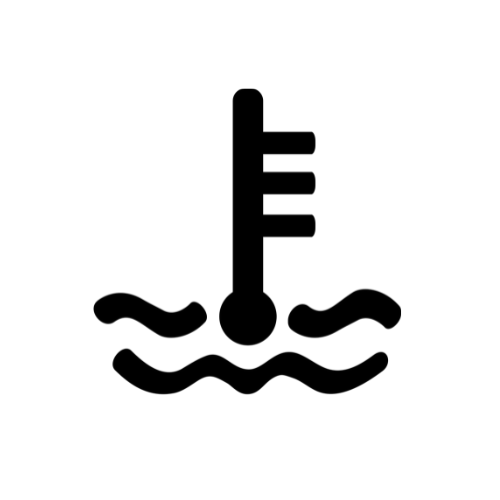
At CoolantInCar, we are dedicated to demystifying the world of engine coolant and cooling systems.
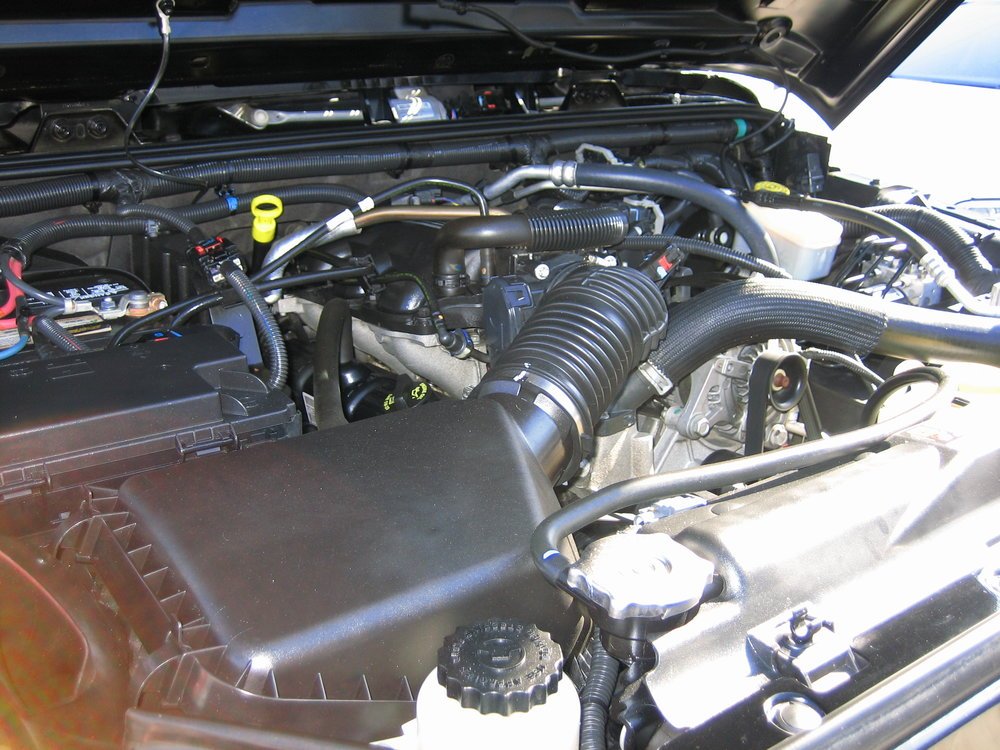
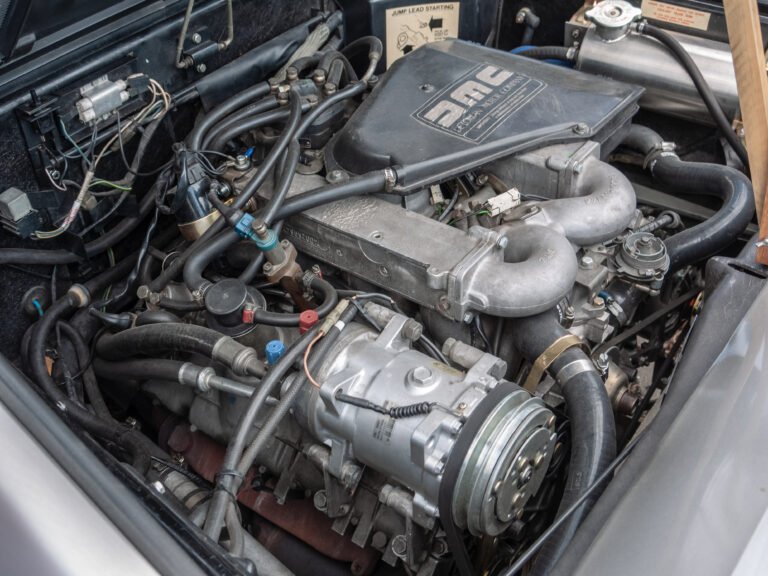

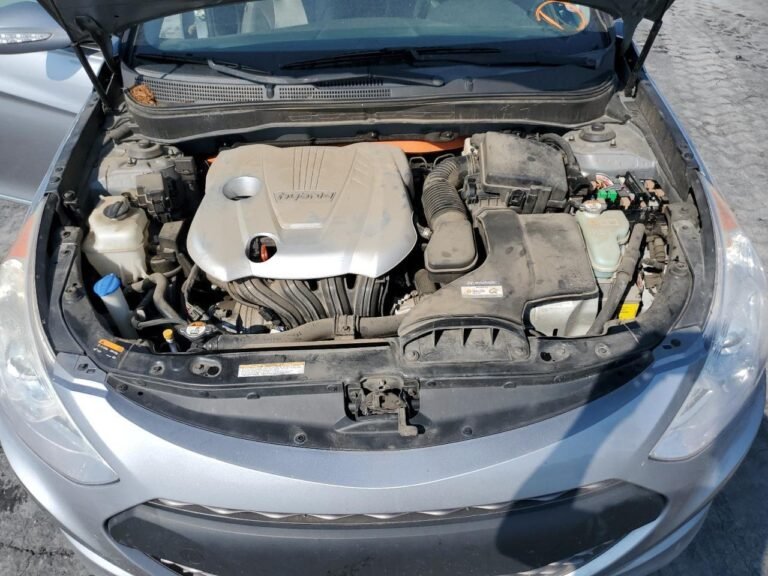

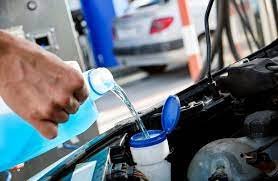
Can you be more specific about the content of your article? After reading it, I still have some doubts. Hope you can help me.
Can you be more specific about the content of your article? After reading it, I still have some doubts. Hope you can help me.
Thanks for sharing. I read many of your blog posts, cool, your blog is very good.
Your article helped me a lot, is there any more related content? Thanks!
Thank you for your sharing. I am worried that I lack creative ideas. It is your article that makes me full of hope. Thank you. But, I have a question, can you help me?
Your point of view caught my eye and was very interesting. Thanks. I have a question for you.
Your article helped me a lot, is there any more related content? Thanks!